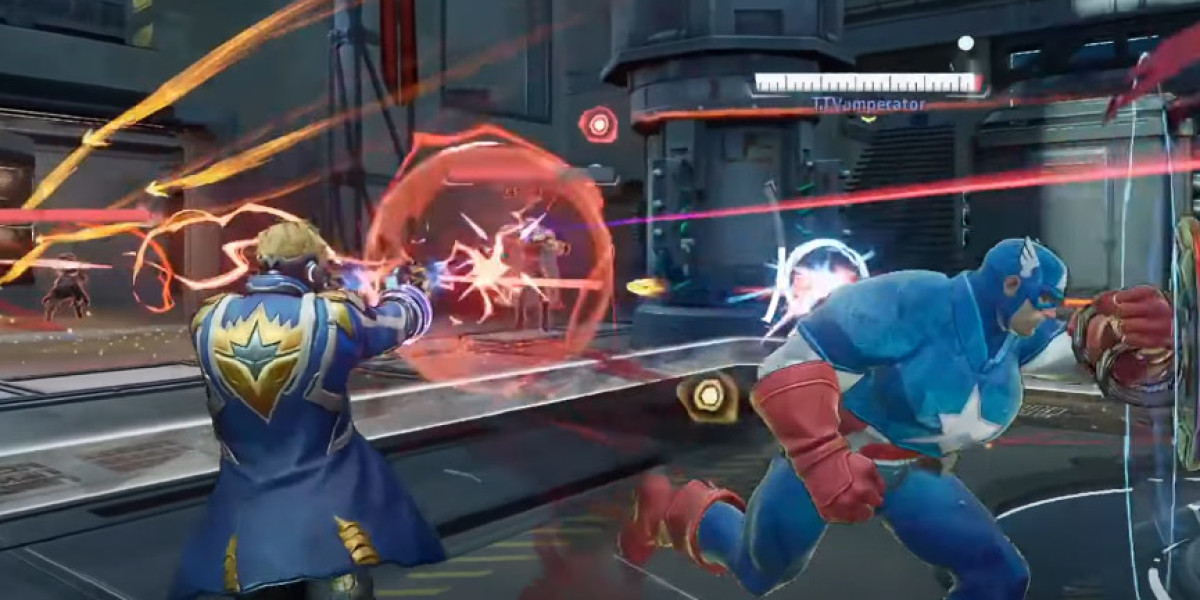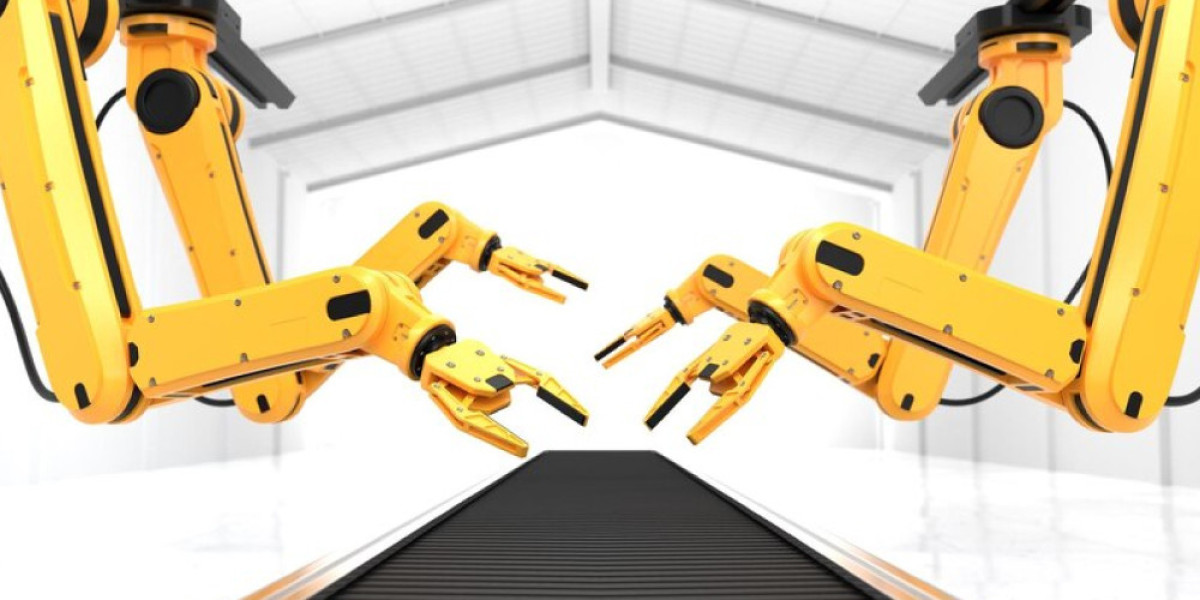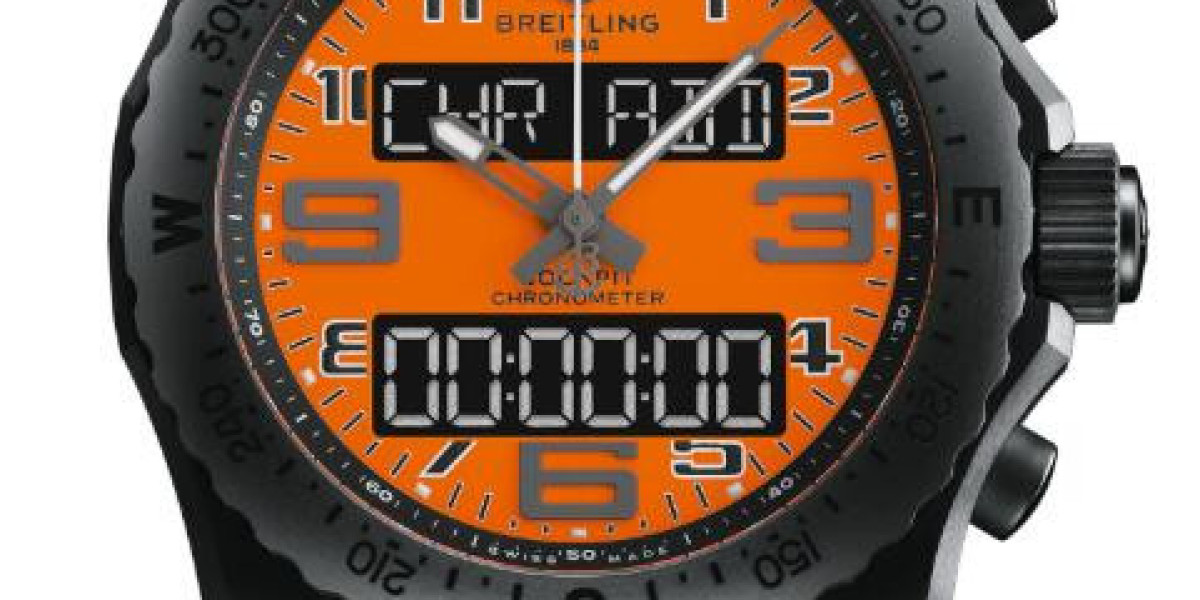Teamfights are the heart of Marvel Rivals, and knowing whether to play fast or slow can completely change the outcome of a match. Many players jump into fights without thinking about tempo, but high-ranked matches are often decided by which team controls the pace. This guide breaks down when to speed up, when to slow down, and how to adapt to different situations in real matches. The goal is to keep things simple, practical, and easy to apply the next time you queue up.
What Fast Fights Actually Mean
A fast fight in Marvel Rivals is all about striking first, using quick combos, collapsing on targets, and finishing enemies before they can react. Teams that specialize in burst damage, dive, or strong early engagements usually prefer playing this style. If you're running heroes like Star-Lord, Black Panther, or characters that jump straight in, you’ll often want to take the fight instantly rather than wait.
Fast fights feel explosive: you dive, secure a pick, and snowball the fight before the enemy gets organized. This is also common in quick objective fights, such as contesting mid control on the first push. Teams with consistent coordination can wipe the enemy before they even start rotating.
When Fast Fights Are the Winning Choice
You should force fast fights when:
Your comp has great burst damage
The enemy backline has weak disengage
You have a numbers advantage
The map favors short engagements
The enemy ult economy is strong and waiting only makes it worse
When you know your team can win with aggressive pacing, you don’t want to stall and give the enemy time to cooldown, rotate, or regroup. Sometimes, it’s better to sprint into a fight, take one kill, and snowball quickly rather than letting the enemy bunker down and stabilize.
The Mental Edge of Fast Engagements
Fast fights are not just mechanical; they apply psychological pressure. If you repeatedly collapse on a key enemy player, they start playing scared, repositioning earlier, and hesitating with ultimates. That creates openings later, especially in high-level matches where confidence and tempo matter just as much as aim.
What Slow Fights Are in Marvel Rivals
Slow fights are the opposite approach. Instead of hard-engaging, you take your time poking, trading cooldowns, and forcing the enemy to use resources first. These fights feel more tactical: you poke, reset, trade shields, cooldowns, or positioning advantages before committing.
A slow fight gives space to teams that:
Have strong sustain or shielding
Need to charge key ultimates
Want to bait the enemy into making the first mistake
Prefer long-range damage or poke compositions
Characters like Iron Man, Storm, Rocket Raccoon, or support comps with strong sustain often prefer delaying burst fights until the enemy is out of cooldowns or has taken heavy chip damage.
When Slow Fights Are Best
You should aim for slow fights in situations like:
The enemy has powerful dive heroes waiting for an engagement
Your team relies on ultimates to win big pushes
You want to soften the enemy before committing
The map gives ranged heroes long sightlines
Your team needs time to set up traps or defensive positioning
Slow fights are especially powerful when your team composition relies on layered pressure instead of sudden burst. In ranked matches, this can also stop players from feeding early by running in too early without support.
Slow Fights and Resource Management
A lot of players forget that Marvel Rivals fights aren’t just about damage. They’re also about shields, spacing, ability charges, and whether you enter the real fight at high or low power. Taking a few seconds to poke can force an enemy tank to waste a defensive cooldown, which might win you the fight later. Many supports also recharge healing or defensive tools over time, which makes slower fights safer if your team doesn’t want to commit blindly.
In some teams, players treat slow fights like pacing in basketball or soccer: keep control, don’t rush, and take the high-percentage play.
Adapting in Real Time
What makes Marvel Rivals fun is that fights rarely stick to one tempo. A slow fight can suddenly become fast, and a dive comp can stall if they miss their first attempt. The best players aren’t just good at one pacing style; they switch depending on the moment.
Ask yourself during the match:
Who has cooldowns?
Who has number advantage?
Who has ultimate advantage?
Who controls space?
If your team just lost two key cooldowns, don’t rush. If the enemy healer is down, you should speed up instantly. Reading fights this way gives more consistent wins than simply playing on autopilot.
When Playing for Progression or Power Boosting
Some players playing regularly also improve faster when they understand how to tempo fights properly. Whether you're grinding competitive points, cards, upgrades, or even when players look for ways to buy rivals lattice to speed up progression indirectly, knowledge of teamfight pacing helps get more value out of every match. A player who understands when to force or delay fights usually wins more battles over time, even without heavy spending or premium boosts.
When Spending Makes Sense for Competitive Players
Some players who are pushing ranked might decide to invest in their account through things like marvel rivals lattice top up, especially when they want faster hero unlocks or progression boosts. Just like in matches, time management matters. If you’re playing competitively, improving faster through progression can feel worth it, but learning macro knowledge and teamfight decision-making still makes the biggest difference in actual games.
Community Tips and U4GM Experience
Many players who share gameplay discussions on communities and trading hubs such as U4GM often talk about how awareness makes more difference than mechanics. The top players rarely autopilot fights. They are constantly thinking about tempo, communication, and positioning. Whether someone is new or already comfortable with the game’s basics, tracking fight speed is one of the quickest ways to climb.
Marvel Rivals doesn’t just reward aim or reflexes; it rewards smart decision-making about when to engage and when to stall. Slow fights give time to wear down the enemy and win with strategy, while fast fights take space quickly and prevent the opponent from organizing a defense. If you practice recognizing which situation you are in and adjust accordingly, your match results will improve instantly.
FAQ
How do I know whether my team should play fast or slow? Check your comp. Dive or burst teams usually want fast fights, while ranged or sustain comps benefit from slow pokes and chip damage.
Do ultimates affect the pace of fights? Yes. If your team has big game-changing ults ready, slowing down until you get good positioning might be the right move.
Can a slow fight suddenly turn into a fast one? Absolutely. If the enemy loses a key ability or gets hit by strong poke, you should instantly commit and speed up the fight.
Do tanks decide fight tempo? Often, yes. Tanks usually engage first in fast fights or hold space patiently in slow ones, so their decision matters a lot.
Is there one playstyle that’s always better? No. The best teams switch based on the situation. Playing only one way makes you predictable.
Do map layouts change tempo? Maps with tight corners favor fast engages, while open areas allow poking and ranged play, which leads to slower battles.
What’s the main beginner mistake? Engaging too early without advantage. Many new players rush fights without cooldowns, numbers, or setup.








